In Part One we looked at the history of rail service in Bay St. Louis, and at the depot building. This month we turn our attention to the history of the depot district itself.
- by J. Michael Dumoulin
In 1915, those trees already would be 90 to 100 years old, having been spared by the architects who laid out Depot Way and the train station’s park-like entrance. As you stand in the heat, the live oaks offer welcome relief from the summer sun.
A century earlier, in 1815, you might have heard ship bells at the cannery, or the steamer’s whistle coming from the waterfront, but in the first half of the 1900s, the hub of Bay Saint Louis commerce was along Blaize Avenue. Behind you stands the popular Bay Saint Louis Depot. The stylish, clapboard-sided station stands proud; its wide, gas lamp-lined loading platform extends a train’s length up and down the tracks. An elegant back porch opens out onto the train platform, with corbels matching the decorative gingerbread that graces the depot’s roof line.
Fast-forward 15 years. Now it’s 1930; you’re standing under the same tree, but it has grown a bit. The railroad depot is different, yet the setting is familiar.
A fire destroyed the old station in 1928, but the city’s Chamber of Commerce, having already spent years negotiating with the L&N Railroad to design a new one, quickly rebuilt the station into the two-story, Spanish Colonial Revival-style building that exists today. One year and $70,000 later, passengers were once again strolling the park-like grounds around the depot.
Located across Depot Way and the station’s grassy knoll, past the intersection of Railroad Avenue (now Blaize Avenue) and Hancock Street, through the trees that shaded a small cemetery for the brothers at St. Stanislaus College, you would have been able to see the tall brick bell tower of the boarding school.
In the foreground, though, and a bit to your right was (and still is) a commercial strip of buildings, some of which were built in 1915. The pilaster-divided bays came to be called Depot Row, and understandably, they changed hands across the years. Locals, like history buff Pat Murphy (check out this piece in our Shoofly archive from his excellent series, “Growing Up Downtown”), remember being able to buy gifts, coffee, beignets, and more from stores with names like Emma’s, Benigno’s, and CJ’s. The number of shops along Depot Row nearly doubled in the mid-1970s as part of an effort to revitalize the district, and a second story was added in 2005, further exaggerating the commercial strip’s rather uneven parapet façade. If you were standing in front of the train station in the early 1900s, looking down Railroad Avenue past Depot Row’s line of shops, you would have noticed a one-story, brick-fronted store with a canted corner entrance opening onto Keller. This was the Fahey Drug Store. Next to it, you’d see, hear, and maybe smell the coal – and the mule-drawn coal carriages – queued up in open carts in front of the whitewashed, arched entrance of A.L. Stokoe’s Ice, Light & Bottling Works. Under its roof of rusted corrugated, tiled tin, the Bay Saint Louis factory stored and dispensed coal and bulk ice to the railroad and shipped its Crystal Ice brand of bottled soda pop, ginger ale, and seltzer up and down the L&N line. Stokoe’s served as one of the Bay’s electricity utilities, powering 120 of the city’s streetlights. However, after its electric generator was sold to Mississippi Power in the early 1920s, the factory scaled back to just selling ice. In 1969, Hurricane Camille brought down what remained of the building, its twin 70-foot smokestacks. Blaize Avenue remained a community gathering place for almost 100 years; the train was its life’s blood. Between the late 1800s and the 1920s, tourists, referred to by locals as “summer visitors,” ebbed and flowed from the rail station, especially during “the Season,” which ran from Easter through Thanksgiving. Passengers needing provisions could walk to the Scafidi House, a 1916 two-and-a-half-story Queen Anne-style establishment that operated a grocery store and other businesses on the ground floor, while the Scafidis lived upstairs. The building was vacant in the 1930s but hosted Bay Saint Louis’s bottling operations in the mid-1940s (and became home to BSL’s Little Theater in 2008). A few doors down from Scafidi’s, according to one photo in the Hancock County Historical Society archives, stood a one-story concrete building listed as the city's community center; across the street, between 1939 and the early 1980s, Anthony and Catherine Pitalo managed a supermarket. All three structures still punctuate the end of Blaize Avenue today. In 1946, at the other end of the street – near the intersection of Blaize and Hancock – someone added a rather drab, non-descript concrete commercial building, simply referred to as the Five Corners Building. Records indicate it might have been a sporting goods store owned by Al Kingston, who built his more memorable one-story, shiplap-sided barber shop next door. “This used to be a busy section of town until they built the [US 90] highway,” Kingston told the Biloxi Sun Herald in 1996. “This is where everything came in.” Kingston would have known; he cut hair there for 50 years. “I can still remember the feel of the shaving cream and straight razor, and the hot towel Mr. Kingston put around my neck when my mom would take me there as a kid in the 70s,” recalls Norman Breaux, now owner of NJB Homebuilders, LLC, in the Kiln. Today, there is a new haircutting establishment in the Old Kingston Barber Shop, evidence that indeed history often does repeat itself. Kingston’s sporting goods store is long gone, and his barber shop now sits by itself at the east end of the street, but in the 1950s, between Kingston’s shops and Depot Row sat one or several small, wood-framed bungalows, perhaps, like today, temporary “camps” for visiting regulars from New Orleans. Nowadays, the Season still attracts snowbirds, and our summer visitors own a respectable number of camps in and around Bay Saint Louis’s historic districts. When – not if – passenger rail service starts up again, our world here will get just a little smaller. The big city will be that much closer with fast, regular, and daily access to those camps. Once again, Bay Saint Louis and Waveland will become almost New Orleans suburbs, and the Depot District will most assuredly rise again. It’s already happening. Who knows, maybe someone will even bring back Crystal Ice soda pop and ginger ale! Next month, in this series’ third part, “Pearl River Herself Would Walk Up Nicholson to Meet the Train,” we’ll recount some first- and second-hand experiences from some of the passengers, commuters, and employees who rode and worked the New Orleans-to-Jacksonville rails. Part 3 also will include an update on when you can expect to begin to make your own memories when passenger rail service resumes. - jmd Click here to read Part One in this series! Comments are closed.
|
Categories
All
Archives
July 2024
|
Shoofly Magazine Partners
Our Shoofly Partners are local businesses and organizations who share our mission to enrich community life in Bay St. Louis, Waveland, Diamondhead and Pass Christian. These are limited in number to maximize visibility. Email us now to become a Shoofly Partner!

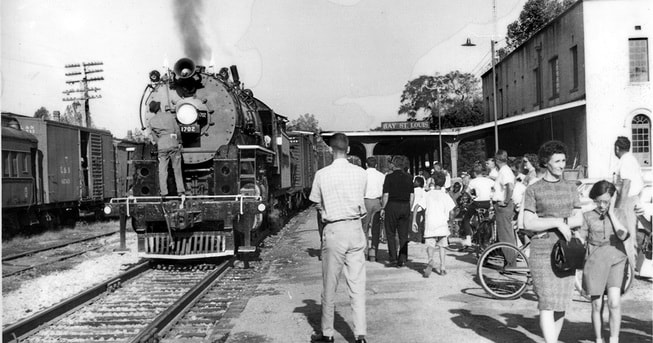



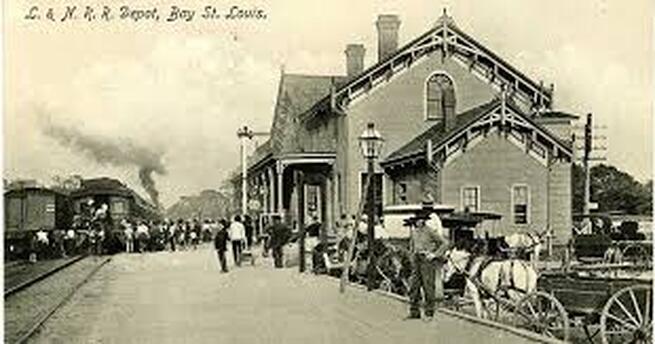
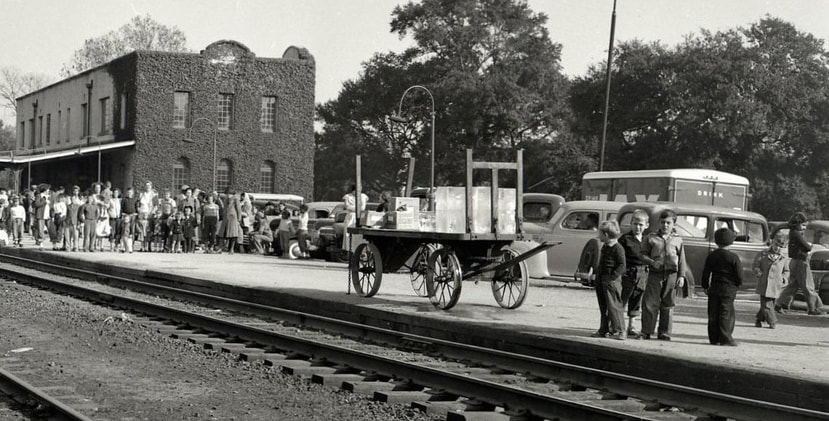
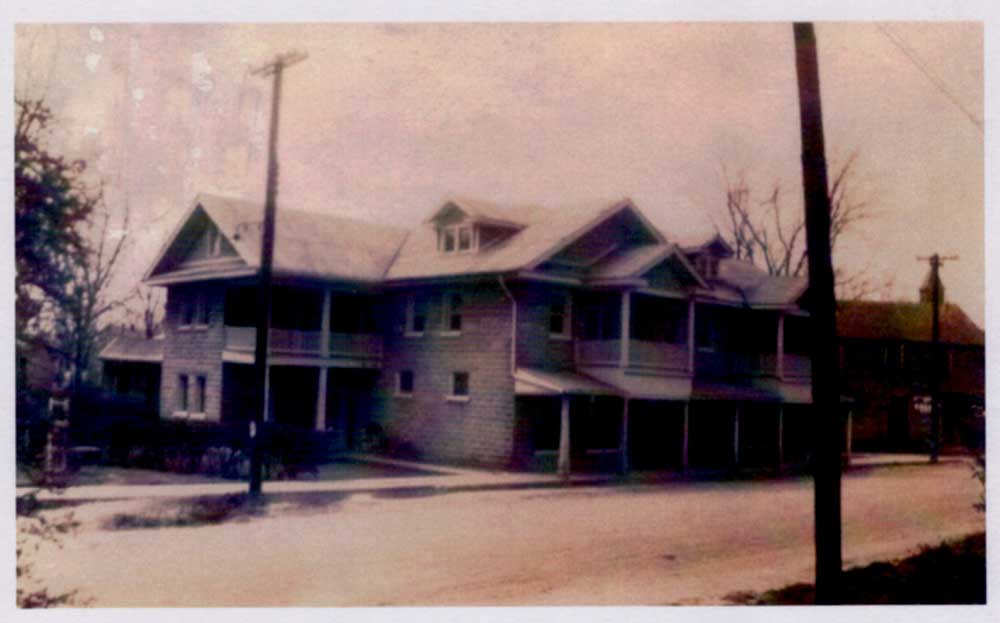
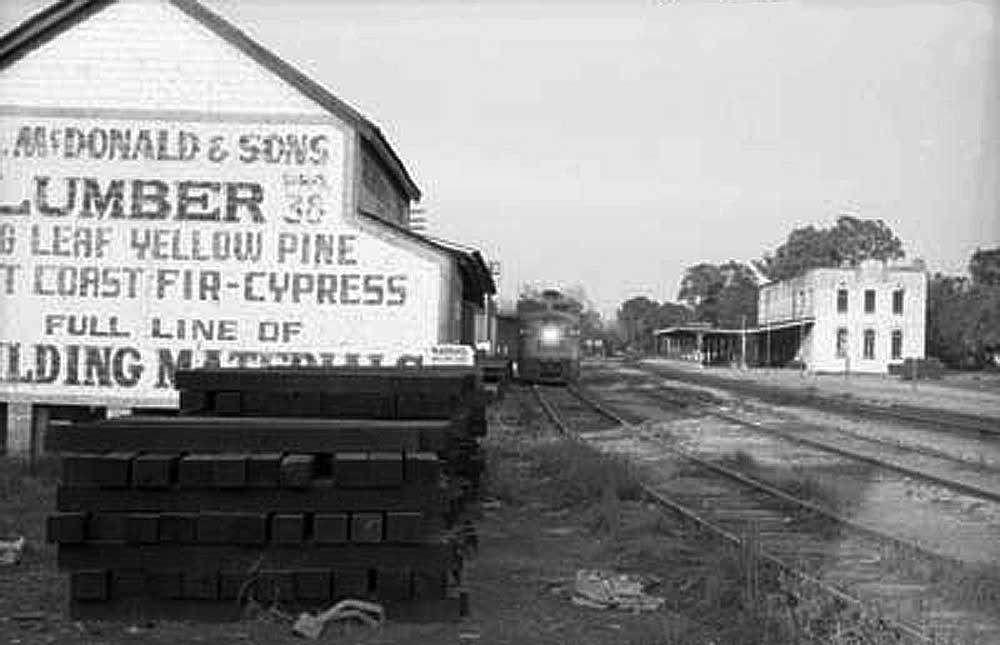
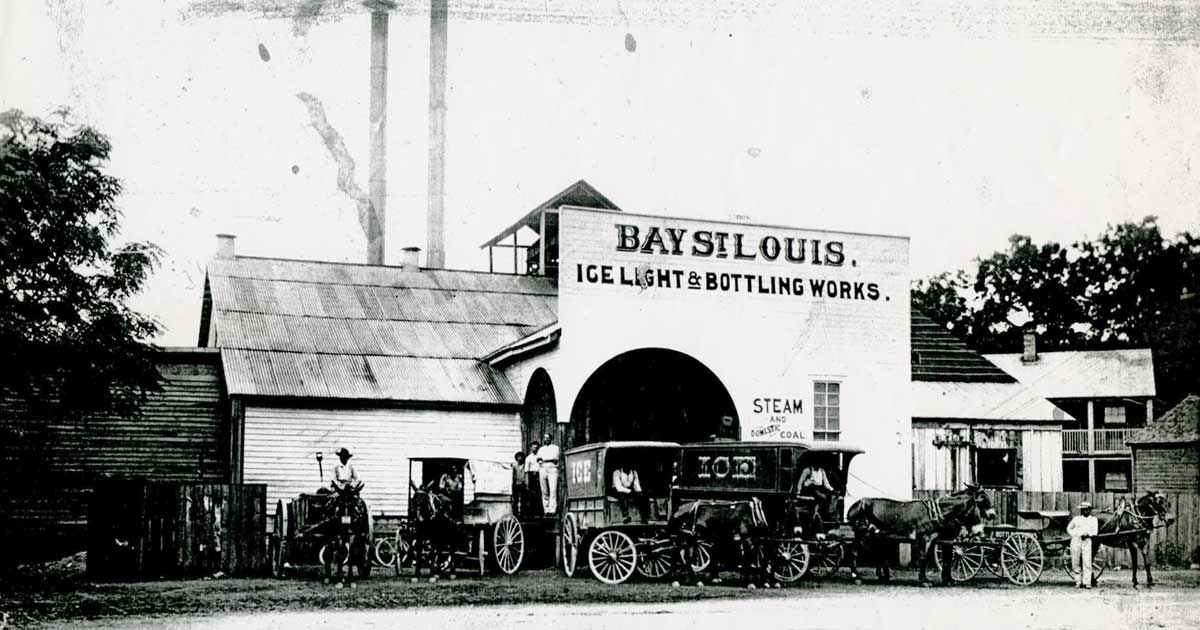
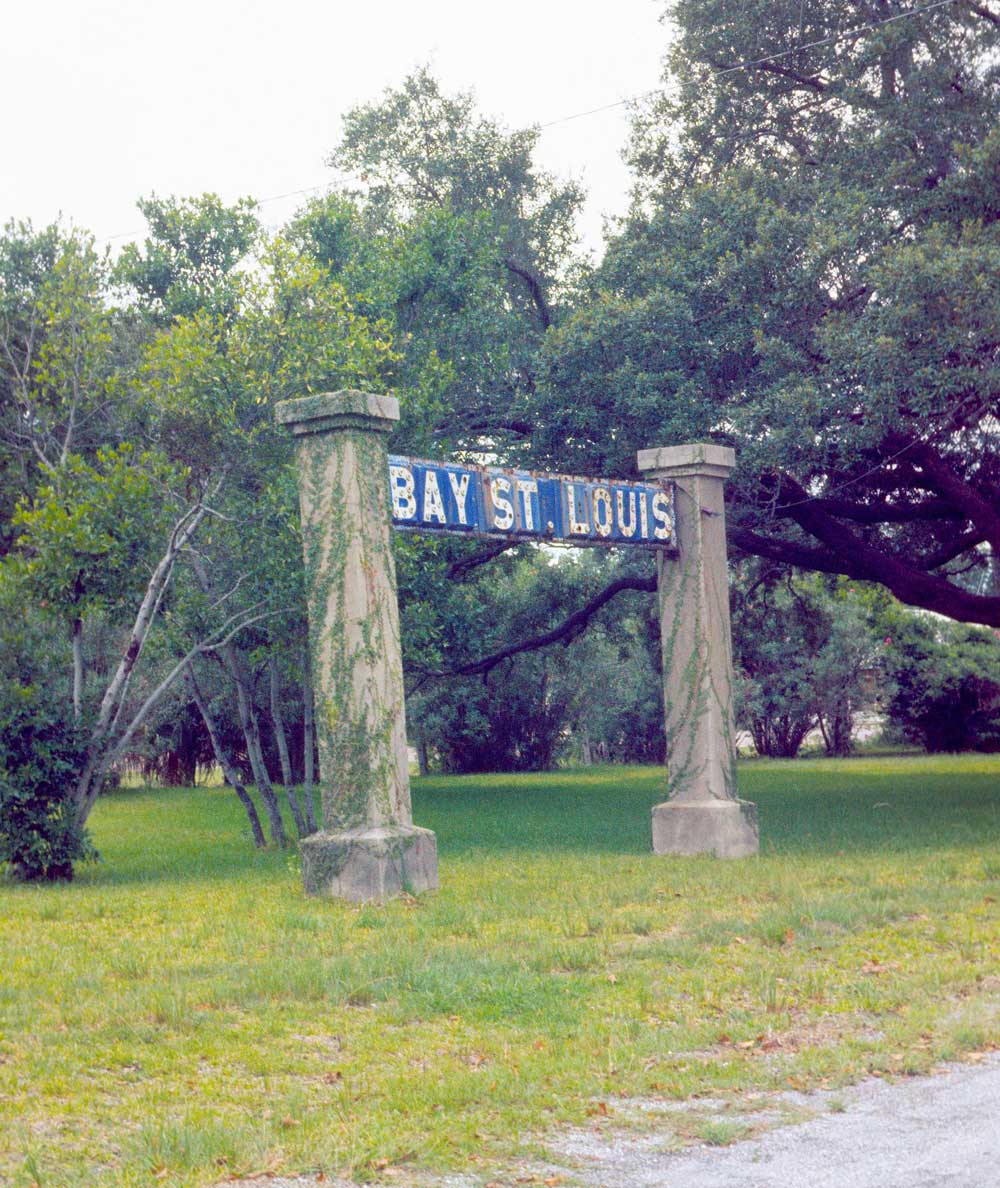


























 RSS Feed
RSS Feed























